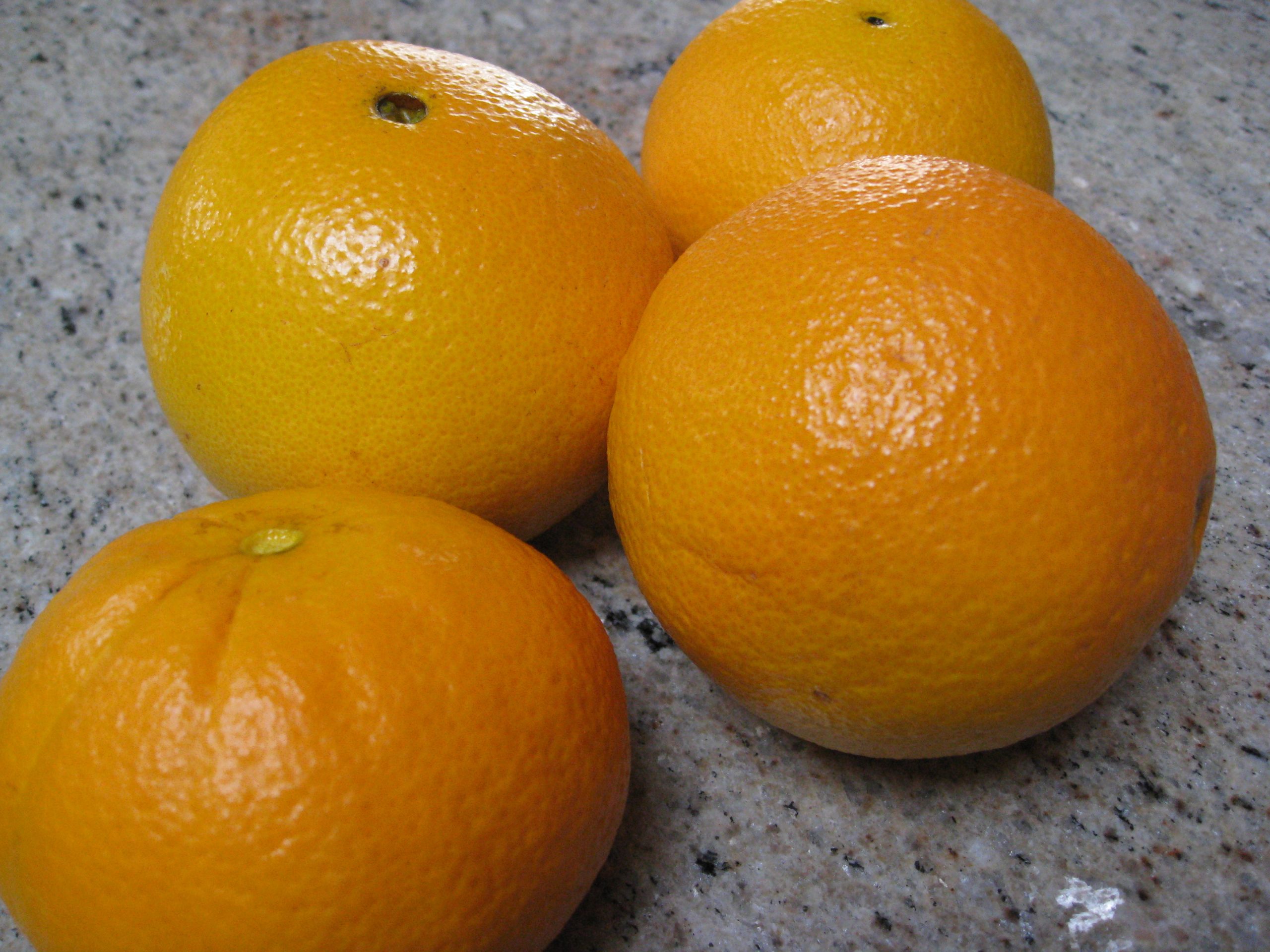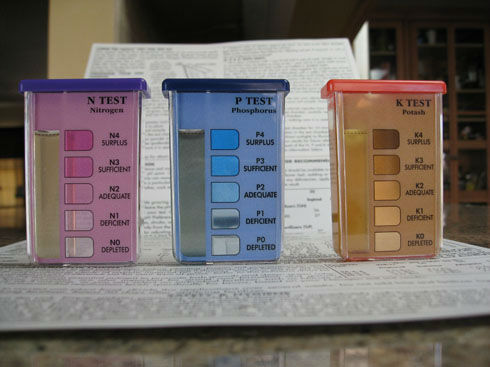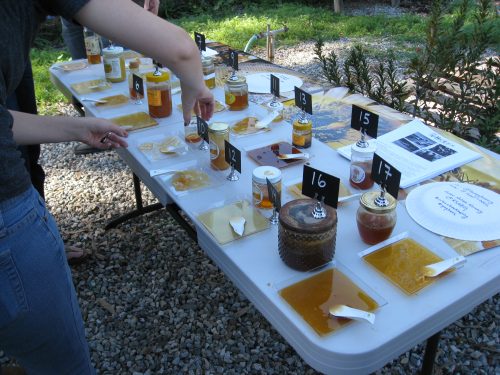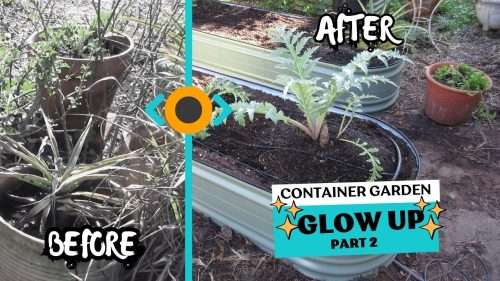The questions keep flowing in this time of year. Here’s the latest from Jim:
“How much water and fertilizer do I need for 2 y o blood orange tree. And do those minimums change in hot or cold weather? My leaves have 2-color leaves, green near midrib and yellowish towards outside Why?”
Jim, you might not like my answer, but it is the answer to many a gardening question: it depends. Fertilizer and water needs depend entirely on your soil.
Soil and Water
If you have clay soil, you’ll water less often because clay soils retain water much better than sandy soils. Sandy soils drain quickly so more water is needed there. If your tree is in a container or raised bed, it may dry out more quickly as well, so more frequent watering is required. The same is true if temperatures are hotter.
Most fruit trees prefer deep but infrequent watering. 1x per week in most cases during the first year, then reducing to every 2 weeks, then 1x per month. Citrus trees receiving too much water often have yellowing leaves. If your tree is located in an area with a lawn, I guarantee it’s getting too much water.
If you don’t know what kind of soil you have, test it. The simplest test is to grab a handful of soil and squeeze it into a ball. Then stick your thumb into the ball. If it breaks apart, you have loamy soil. If your thumb makes a dent, you have clay soil. If the soil doesn’t clump but instead runs through your fingers, you have sandy soil. Base your watering needs on these results.
Fertilizing Citrus Trees
When it comes to fertilizer, once again it depends on your soil. Start with a soil test to find out what nutrients are lacking in your soil. It’s like driving with your eyes open. Amend based on the test results. You can do a simple NPK test with soil test kits available in many garden catalogs, or you can send a sample off to a lab for more thorough and accurate results. But keep reading…
Most of the time, I find that yellow leaves with green veins are related to either iron or nitrogen deficiency (if not the watering issue mentioned above). But it’s usually not that your soil is deficient, it’s that the nutrients are locked up in the soil, especially in the case of iron. Chemical soil tests will show deficiency, but in reality it’s probably an imbalance of soil microbes who do the work to break down organic material to make nutrients available to plants and trees.
Yes, you can fertilize with nitrogen or iron, but my approach is to give my suffering citrus a soil drench and foliar feed of actively brewed compost tea. That usually fixes the problem in a week or so. Why? Microbes in the compost tea go in and starts to loosen up the bonds of nutrients and micro-nutrients trapped in soils and makes them available to your tree. You can also put down a layer of worm castings out to the dripline. Worm castings have a lot more nitrogen than compost and your tree will love it. Apply the castings, then water with compost tea.

Timing is key when fertilizing citrus. Generally you want to add nutrients and microbes before or during flowering, so your tree is healthiest when heading into fruiting season. For many citrus trees, that’s twice per year. The beauty of compost tea is that you can apply more often than that without damaging your soil. We apply 3 to 4 times per year or more often if we see issues.
Like I said, when it comes to citrus fruit tree care you might not like my answer. It’s not a quick fix, but it’s the kind of relationship I encourage gardeners to have with their plants and soil. It gives you the chance to dive into your soil and learn more, so you’ll never need instructions for how much or how often again.
Thanks for writing in, Jim. I hope this helps.







Pingback: Recipe: Blood Orange Ice Cream - Gardenerd